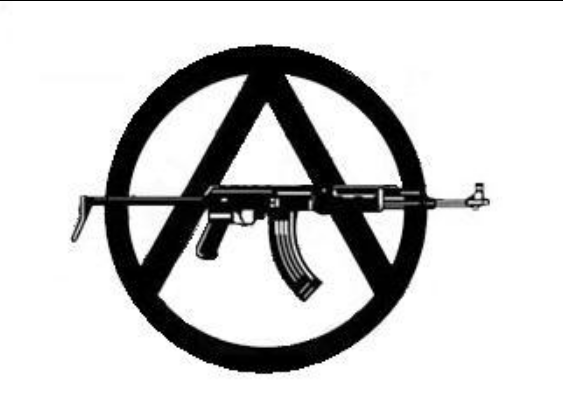
The night before the “no kings” spectacle we smashed the windows of an Army National Guard recruiting office. It is easy and fun to attack, and usually accomplishes more than standing on a street corner.
US authorities built militias capable of quelling riots or breaking up strikes after the civil war. The state militias were reconstituted into the modern National Guard. Military training was imposed and matters of discipline rigidly enforced, including inspections by regular Army officers. In addition, more emphasis was placed on recruitment, and armories were built throughout the North.
The National Guard Association came into being in St. Louis, and between 1881 and 1892 every single state revised its military code to provide for an organized militia which most states called the National Guard.
The Indiana National Guard has actively been a part of policing the US border. It is always available to suppress liberatory revolt through violently firing indiscriminately into crowds, or dispersing crowds though theatrical/coercive threats of violence. We see their actions in LA today, and in historical massacres of striking workers and attacks on Katrina survivors. They were deployed during the George Floyd and Ferguson Uprisings. Of course in Ferguson it wasn’t the police or even the National Guard who succeeded in putting an end to the rioting, but professional activists.
It is important to remember that, in this cycle of social upheaval, riots can be experienced as celebration, as joyous and cathartic releases of emotion: police and politicians who enter riot zones often cite this atmosphere as the thing that terrifies them the most. But riots are also driven by anger and loss. They emerge as an alternative form of care and remembrance for those the state’s patriarchal violence has destroyed: rising up in mourning for lost children and in outrage at the domination of daily life. They can be ugly, bloody, and frightening. Riots are communicative, but unlike protest, they do not aim their speech at those in power, at leaders or the state; instead, they are a form of direct communication and knowledge transfer among those outside the traditional avenues of power.
Solidarity with the LA fighters!
Solidarity with anarchist fighters!
Submission
source: Unravel